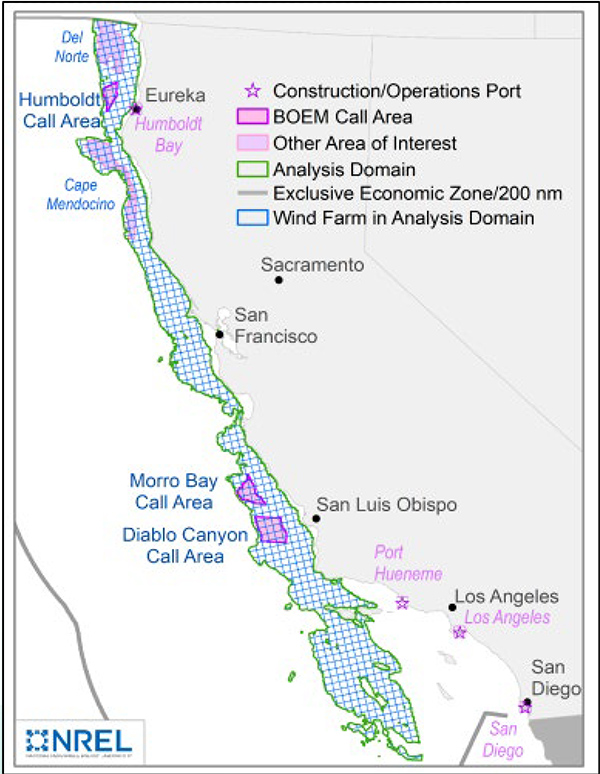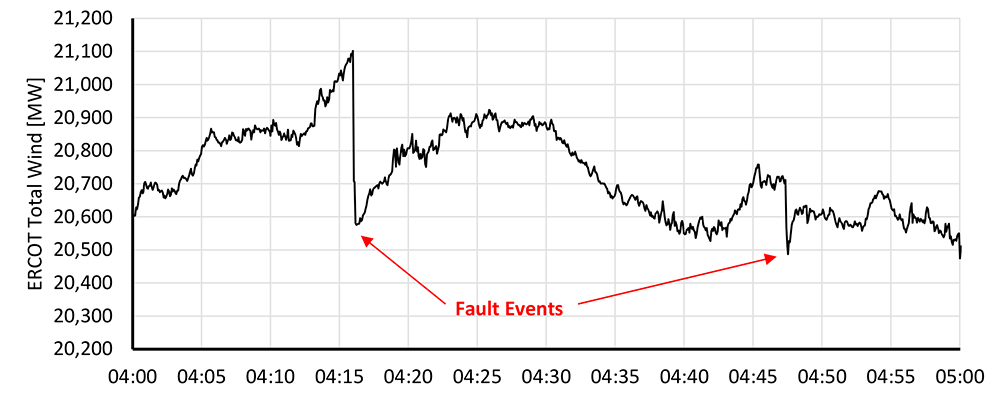MADISON, Wis. — State regulatory staff and MISO executives found no easy answers to solve a burgeoning reliability crisis after converging this week for a resource adequacy summit.
The Organization of MISO States and the University of Wisconsin-Madison’s Public Utility Institute hosted the Aug. 8-9 summit four months after MISO’s capacity auction indicated power shortfalls in MISO’s Midwestern footprint. (See MISO’s 2022/23 Capacity Auction Lays Bare Shortfalls in Midwest.)
Multiple state regulators and RTO leaders agreed that all participants should be more honest and open about resource planning and the possible impacts to neighboring areas in addressing a dwindling supply of consistent generation. MISO also repeated promises to discuss adjustments to its resource adequacy construct. (See MISO Promises Stakeholder Discussions on Capacity Auction Reform.)
North Dakota Public Service Commission Chair Julie Fedorchak said regulators are often in the “crosshairs,” balancing utility planning, corporate decarbonization goals and state legislation.
“We’re going to be blamed too,” joked MISO President Clair Moeller during an address on the first day of the summit.
Moeller said he has witnessed major change over the last six to eight years on the grid. He said prior to 2016, MISO had just one maximum generation event. Since 2016, the grid has issued 41 maximum generation warnings and events, he said. Moeller said more than ever, MISO’s footprint is an “ecosystem” of interdependencies between utility territories.
MISO Focuses on Reliability’s Attributes
Moeller said “resilience and efficiency are often enemies,” meaning entities having to “pay up for reserves.” He said MISO and its stakeholders must embark on honest conversations about the generation attributes the system will need over the next few years.
“Frankly, as a community, we’ve been slow to that discussion,” he said. Moeller told stakeholders that MISO intends to move “almost too fast” on defining essential resource attributes and to expect a similar timeline to the RTO’s long-range transmission planning.
MISO has scheduled a Sept. 21 stakeholder workshop to discuss generation’s attributes that benefit system performance.
Moeller said the grid operator “never wants to be in the way” of a utility’s decision to retire a resource. He also said the clogged interconnection queue boils down to an issue of money.
“The problem with the queue is money, not engineering,” he said. “We could connect everyone if they didn’t care about money … If you’re willing to sign a blank check, you can get on.”
Moeller warned that baseload retirements can’t be postponed indefinitely. He said a flurry of retirement deferrals can contribute to a “false sense of surplus.”
“These are old plants, and they need to go. The performance of them erodes,” he said. “I predict we’ll be back to very low-capacity prices next year because people didn’t like that medicine.”
Illinois Municipal Electric Agency’s Kevin Gaden said utilities retiring generation should anticipate how they will access reliability attributes when a particular plant is gone.
“That’s going to be a big problem, not just in Illinois, but the entire footprint,” he said. “If no one is going to own the resources, who is going to ensure that they’re there?”
Utilities’ long-term planning, Gaden said, usually focuses on just their service territories. He suggested they adopt a more holistic look into the nearby grid.
Michelle Bloodworth, CEO of coal lobbying group America’s Power, called for an “orderly, gradual” procession of coal plant retirements. She said a complete clean energy transition is “just not there yet.”
“Once those balancing resources are gone, they’re gone,” she said.
Alliant Energy’s Jeff Ripp said his utility’s resource planning repurposes its brownfield sites with renewable energy to avoid requesting a new interconnection to the system.
Xcel Energy’s Farah Mandich said the company is reusing its old coal plant locations because MISO’s interconnection queue remains too sluggish to add the renewable energy it is contemplating.
“Nobody wants customers to lose their electric service because we didn’t plan well,” she said.
Clean Energy’s Transition
MISO Vice President of External Affairs Melissa Seymour said the solar-dominated interconnection queue worryingly contains little in the way of controllable resources.
In a separate panel, Arkansas Electric Cooperative Corp.’s Andrew Lachowsky said he has “serious concerns” with solar generation’s ability to replace coal resources.
“We all need to work collectively, and that’s why we’re in the room today,” Seymour said.
She said states and utilities need to pay attention to the fleet’s attributes and “look beyond” their own generation planning for the impact they may be having on other states. She also said MISO must make changes to its own resource adequacy construct.
“We need to address these real-life impacts that we’re seeing and make sure we have a construct that works going forward,” Seymour said.
She also said MISO is “reevaluating” whether a vertical demand curve in the capacity auction still makes sense and will initiate discussion with stakeholders in October on introducing a sloped demand curve.
“I think we can all agree that no one thought this transition would be easy,” Illinois Commerce Commission Chair Carrie Zalewski said.
She said MISO’s capacity auction clearing at new generation’s cost, coupled with higher natural gas prices, is having a “major impact” on southern Illinois ratepayers. Zalewski said her commission is hearing about monthly bills that are about $150 higher year-over-year. However, she noted that customer bills in PJM’s northern Illinois footprint are less expensive.
Sustainable FERC Project attorney Lauren Azar said she is worried that utilities and regulators will have a “sphincter” response to MISO’s 2022-23 capacity auction results and return to planning for their own states in isolation.
“We’re in a power pool to be able to access the resources of others,” she said.
Sloped Demand Curve Likely
Michigan Public Service Commissioner Dan Scripps asked during an Aug. 9 panel whether members are happy with MISO’s current resource adequacy design. After a tense silence, Ameren’s Jeff Dodd joked that he needed “another Spotted Cow” — a local specialty beer — before answering.
Mandich said the RTO’s resource adequacy construct needs changes to accommodate a new system, though she declined to offer specifics.
“Where we’re going in the future, the old constructs won’t work … Where you have a shortage, something is broken. It’s clear that what we have now is not going to serve us,” she said.
“I think everyone knows that Ameren is a supporter of a sloped demand curve. That’s no secret,” Dodd said.
Dodd said while MISO’s capacity market design worked well in the past, it now needs a sloped demand curve, seasonal division and more realistic accreditation.
Independent Market Monitor David Patton said he would have been “shocked” five years ago to be invited to speak before regulators about using a sloped demand curve in the capacity auction.
“I think it’s a symptom of how the world is changing,” he said during a panel.
Patton said MISO’s current vertical demand curve is flawed because it doesn’t value megawatts based on their contribution to avoiding a loss-of-load event. The grid operator no longer has the “luxury” of clearing the auction at such low prices, he said. Patton added that MISO’s 10% retail choice supply is “killing” the RTO, forcing about 4-5 GW of merchant generation to retire prematurely because of economics.
He said because MISO was formed with such a large capacity surplus, it has taken a while for the resource adequacy picture to “catch up” with the near-zero capacity prices. He said the current capacity shortfall has little to do with the renewable energy transition and everything to do with inefficient pricing.
“We’re inviting free riders when we price capacity close to zero,” Patton said, noting Missouri was a net buyer of capacity in this year’s auction.
Patton also said MISO should raise its shortage pricing. He said larger payouts in shortage conditions will attract the quick-start, nimble resources that MISO needs.
“We can’t just focus on fixing the capacity market; we also have to get shortage pricing up to a level that’s efficient,” he said.
“We’re enjoying the benefits of capacity that was built under a different era,” FERC economist Emma Nicholson said in summing up the discussion.
NextEra Energy’s Aaron Bloom agreed that the right pricing will bring MISO the resource availability it needs.
“I cringe when I hear ‘attributes’ because I worry that will exclude some from the market. ‘You’re not tall enough to ride this ride,’ right?” Bloom said. He said that with solid technology, a lot of wind and solar and a little battery storage, his utility will be able to meet MISO’s system needs.


